Cornstarch can be used for a variety of purposes including cooking as well as non-food uses. What is the purpose of cornstarch and is it safe to eat cornstarch?
We’ll give you 4 primary consequences of eating cornstarch that you might not know.
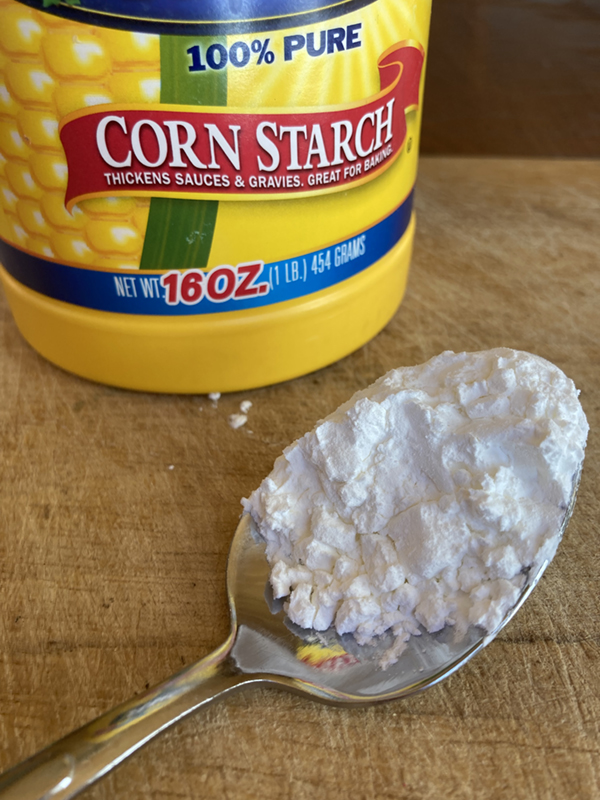
What is Cornstarch?
Cornstarch is a common ingredient that is often used to thicken sauces, stews, soups, desserts, and other foods. It is obtained from the endosperm of the corn kernel.
Cornstarch is a white powdery substance used in a variety of recipes and is often sought as a good alternative for thickeners containing wheat which are avoided by gluten free eaters.
Uses for Cornstarch
The main use for cornstarch is as a thickening agent. For example, it can turn a soupy sauce into a nice thick delight. It is also used in small quantities to thicken gravies, desserts, and stews.
It is hardly ever the main ingredient in any dish, but with as little as a tablespoon of cornstarch significant results can be seen.
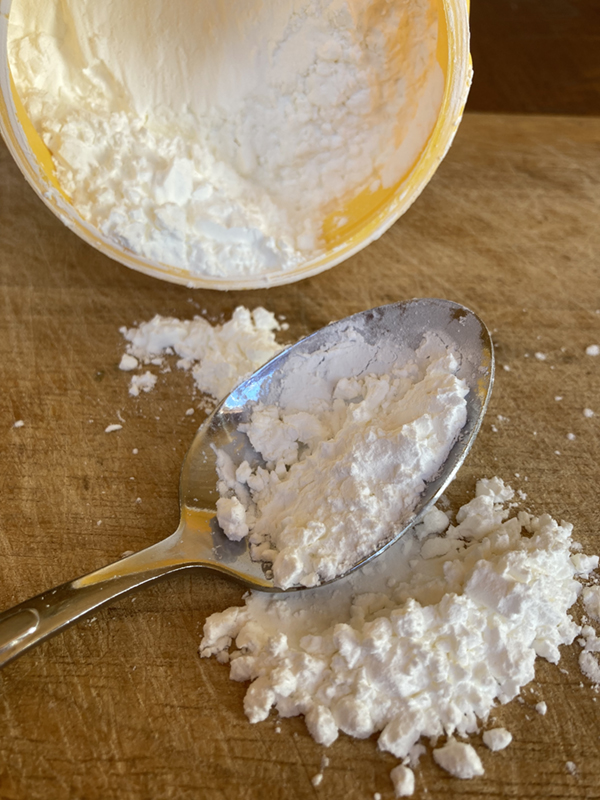
Though it’s not necessarily thought of as a food additive, it makes a good option as a thickening agent for gluten free eaters.
Is Raw Cornstarch Edible?
Although it’s safe to each cornstarch in small amounts, it’s not a good idea to consume raw cornstarch, especially for pregnant women.
Pure cornstarch is always cooked on the stovetop or heated in the oven as a part of the recipe it’s used in, before it’s eaten. This also helps to thicken the mixture.
Eating too much cornstarch or cornstarch in its raw form can cause digestive issues and bloating. The potential presence of harmful bacteria in cornstarch doesn’t make it edible when it’s raw.
The Best Way to Eat Cornstarch
The best way to eat cornstarch is cooked in various dishes. It’s generally boiled on the stovetop, or it can be baked in the oven as a part of a recipe. But the recipe instructions will tell you exactly what to do. Most recipes call for just a few tablespoons of cornstarch.
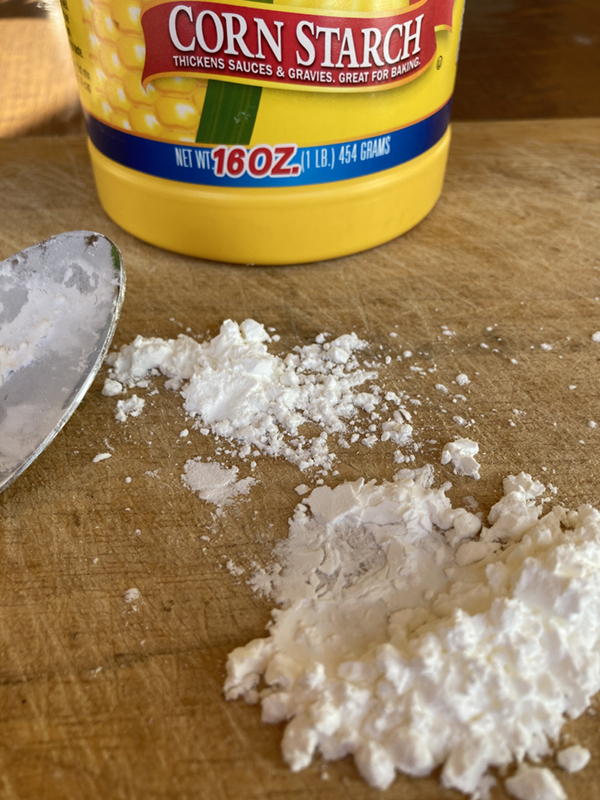
And lot of people use it to make a cornstarch slurry before adding it to a dish or it can be added straight to the recipe as a thickening agent.
Is Cornstarch Bad for You?
Small amounts of cornstarch is harmless in most cases. If it’s properly prepared, cooked, and handled correctly, then it can be utilized without harmful side effects in many instances.
On the other hand, consuming large quantities of cornstarch or eating it raw can have adverse effects in the long run. We’ll go into more detail about what can happen to your body if you eat large amounts.
What Happens if You Eat Cornstarch?
Eating cornstarch in small quantities, from time to time, will likely have no effects on your body.
However, consuming large amounts of cornstarch can cause problems with blood sugar, heart health, digestive problems, and the fact that it contains no essential ingredients.
Increase Blood Sugar
Cornstarch is a complex carbohydrate and because of its carbohydrate content it can increase blood sugar levels causing blood sugar spikes.
Heart Health
One of the side effects of eating cornstarch is the negative impact it has on cholesterol levels and heart disease.

No Essential Ingredients
Did you know that cornstarch contains no important nutrients or health benefits. Because it’s a refined carb, it can play a factor in weight gain as well as the other issues we’ve listed.
Digestive Issues
Eating significant amounts of cornstarch can cause health problems in your digestive system and issues with bowel movements as well as bloating.
Cornstarch Substitutes and Alternatives
If you don’t have cornstarch readily available to you, there many alternative substitutes that can be used as a thickening agent. Here’s our list for your reference.
All-Purpose Flour
All-purpose flour is a wheat flour that works well as a one-to-one cornstarch substitute.
The only thing about using regular all-purpose flour instead of cornstarch is that there would be a gluten content that might not otherwise be included in the recipe.

Nut Flour
Nut flour such as almond flour or pecan flour can be a good gluten free alternative as well, when your recipe calls for a thickening agent, but you’re in a pinch.
It doesn’t have as significant of an impact on blood sugar levels as starch-based alternatives.
Arrowroot Powder
Arrowroot powder is another flavorless white powder that’s used to thicken dishes. It’s made from the extraction of starch from the arrowroot plant, which is a tropical tuber.
Potato Starch
Potato starch is another ingredient that works well as a thickening agent. It’s made from the starch extracted from potatoes. As far as its appearance is concerned, it is a fine white powder with a smooth texture.
Tapioca Flour
Tapioca starch and tapioca flour are both made from the cassava root. The starch is extracted through the use of pulping and washing. Because it works well as a thickening agent, it can be used as a replacement for cornstarch.
Corn Flour
Corn flour is a flour that’s created from finely milled corn kernels that have been dried. It’s different from cornstarch because it’s made from whole kernels and the result is a product that’s yellow in color.
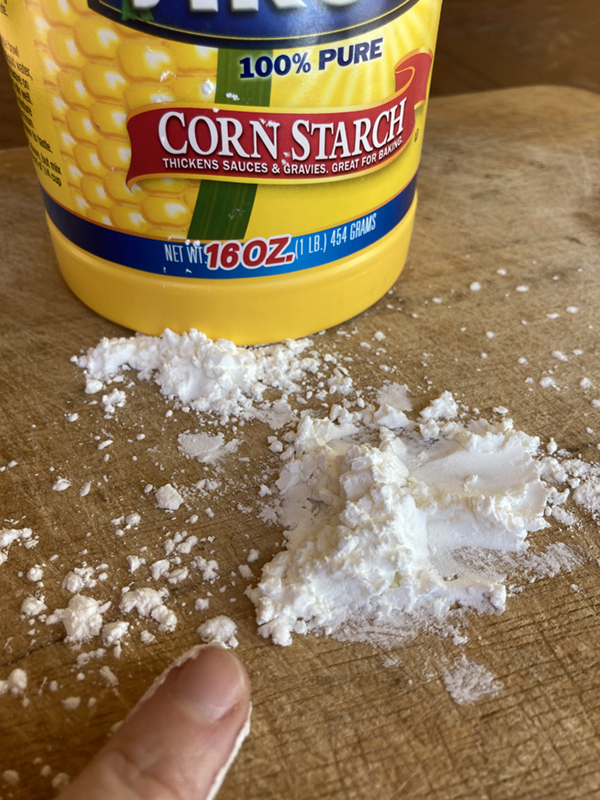
Rice Flour
Rice flour is made from finely milled raw rice and it’s powder in form. White rice flour is standard in form.
Oat Flour
Oat flour is a whole grain flour made with rolled oats. It has the same flavor and nutritional make up as oatmeal because it’s made from raw ground rolled oats.
What Can Eating Cornstarch Do to You?
Most likely the consumption of cooked cornstarch in moderate amounts will not have any adverse side effects under normal dietary restrictions.
However, it’s when cornstarch is consumed in larger amounts for those with medical conditions that it becomes one of those potential health risks.
Because it contains little nutritional value, there is no dietary fiber.
Scientific evidence says that it’s a type of starch and therefore is a type of carbohydrate. As a result, it can cause problems for people with blood sugar issues and the absorption of sugar. It can cause a rise in blood glucose levels.
If you’re concerned about heart health, eating high amounts can also play a factor in part of a balanced diet.
As always, if you’re concerned about the effects of this food with your dietary restrictions, be sure to consult your doctor.
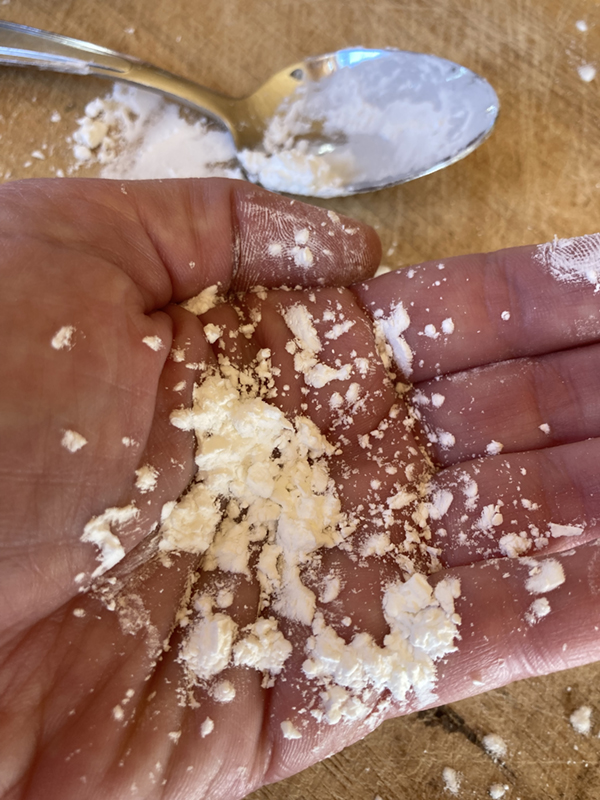
Why Do People Eat Cornstarch?
People generally eat cornstarch as an additive to food, not as the main ingredient. It’s most often used to make a soupy mixture into a deliciously thickened item.
Cornstarch can also be used as a substitute for whole grains that are used as a thickener in many recipes for people with celiac disease or gluten intolerance.
What Does Cornstarch Taste Like?
Cornstarch doesn’t have much flavor. But if we had to compare it to something, we’d say that it tastes most like the neutral flavor of flour and has a similar texture to flour.
Raw Cornstarch vs Cooked Cornstarch
There is a difference between the use of raw cornstarch compared to cooked cornstarch. Cornstarch in its raw form is generally not safe to consume because of the presence of harmful bacteria.
Cooked cornstarch is prepared according to recipe instructions and usually involves cooking on the stovetop or in the oven and uses comparatively small amounts.
Other Uses for Cornstarch
Along with cornstarch being used for cooking purposes, there are also alternative uses for it regarding non-food items. And obviously using it in a manner that doesn’t require consumption means its high glycemic index isn’t a factor.
Corn starch helps keep moist skin dry and can serve the same purpose of using baby powder or talcum powder when it’s used on moist skin in cracks or crevices to help keep it dry.
When used for this purpose, it’s fine to use uncooked cornstarch.
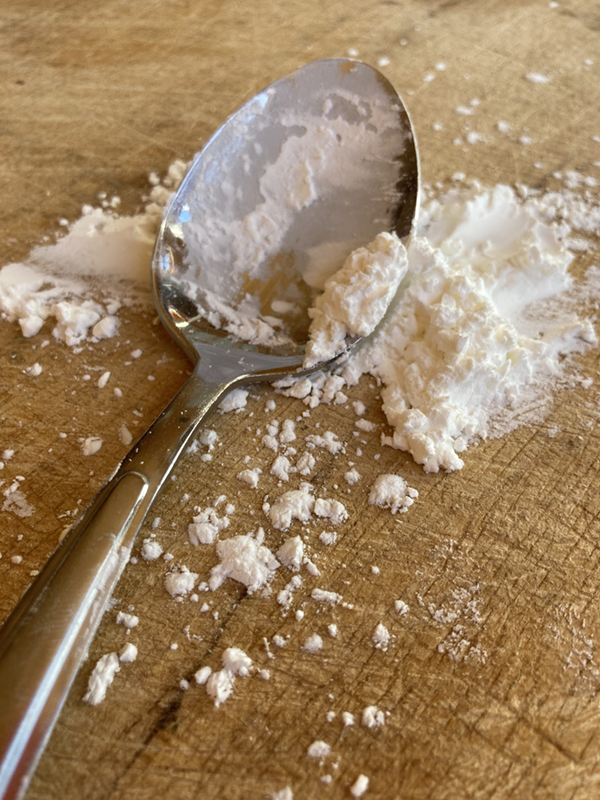
Frequently Asked Questions
Following are frequently asked questions that relate to is it safe to eat cornstarch. If you have a question that’s not answered here, feel free to drop it to us in the comments box bellow and we’ll be happy to answer it.
What is cornstarch made from?
It comes from the processed endosperm of corn kernels.
Why do I crave cornstarch?
Cornstarch cravings can be caused by a lack of essential nutrients, particularly an iron or other mineral deficiency and potential weight loss. It’s also known as ‘pica’ and is the desire to eat large amounts of plain cornstarch.
Why is cornstarch so addictive?
Cornstarch has no potential benefits and being addicted to foods containing no beneficial nutrients such as cornstarch can indicate a potential mineral deficiency. Be sure to consult your doctor if you’re noticing signs of being addicted to cornstarch.
Related Ideas:
Substitute for Bay Leaf
Smoked Paprika Substitute
Substitute for Olive Oil
Save to Pinterest:
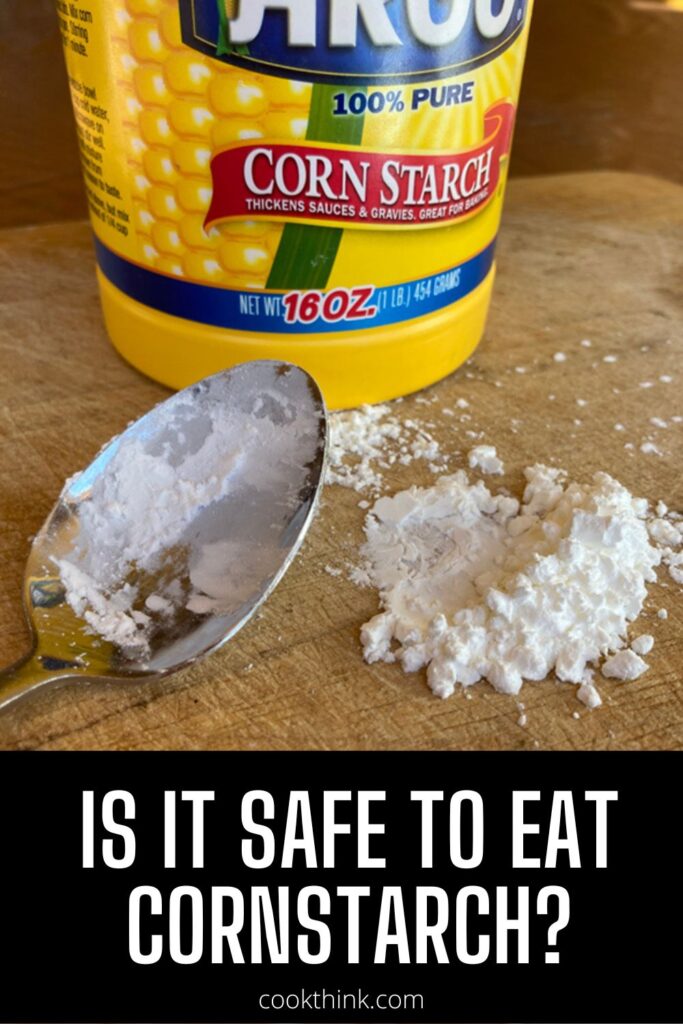
For more posts like this one, follow us on Pinterest, Facebook, Instagram and YouTube.
